Picture this: a violinist gracefully draws her bow across the strings, releasing a series of acoustic frequencies that transform a silent room into a symphony of nuances. As an engineer turned luthier, I’ve dedicated countless hours to understanding how these sound waves, each with their unique acoustic properties, resonate differently depending on context. This journey has revealed that acoustic frequencies hold more influence than conventionally understood—an intricate dance between physics and art, affecting everything from the emotive power of a single musical note to the precise measurements in scientific research. In this article, I delve into the profound impact of these frequencies, sharing insights from both the bustling workshop benches of instrument makers and cutting-edge laboratories where researchers harness the potency of sound. Join me as we explore how these frequencies ripple through various realms, each with its own unique narrative, shaping the auditory experience in ways that continue to fascinate and surprise.
What are Acoustic Frequencies?
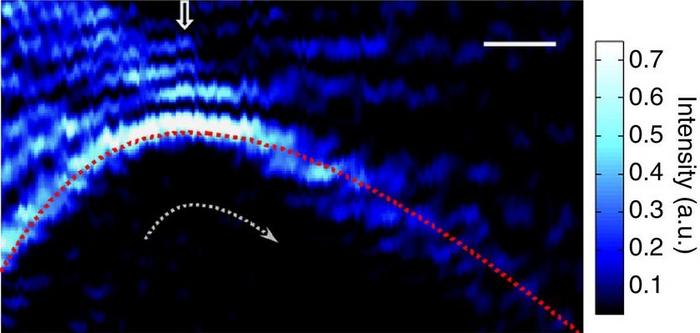
My journey through the world of instrument acoustics has been nothing short of a harmonious discovery. Through years of crafting the perfect sound, I’ve come to appreciate a fundamental component: acoustic frequencies. To put it simply, acoustic frequencies are the vibrations that propagate through air, or any other medium, producing sounds that our ears recognize. Did you know that the human ear can typically hear frequencies ranging from 20 Hz to 20 kHz? This staggering range is what allows us to perceive everything from the low hum of a cello to the sharp pitch of a piccolo.
Understanding these frequencies is not just about appreciating music; it is crucial for its creation. As someone who’s spent countless hours fine-tuning instruments, I know that every material, every curvature, and every tension change can alter these frequencies, thereby changing the music itself. This intimate relationship between frequencies and our musical experience reveals the power they hold. Whether we’re immersing ourselves in a symphony or analyzing a sound wave in a lab, acoustic frequencies form the backbone of the way we interact with sound. In the next sections, we’ll explore how various professionals leverage acoustic frequencies to enhance our understanding and enjoyment of the world around us.
Who Utilizes Acoustic Frequencies?
Musicians and Instrument Makers
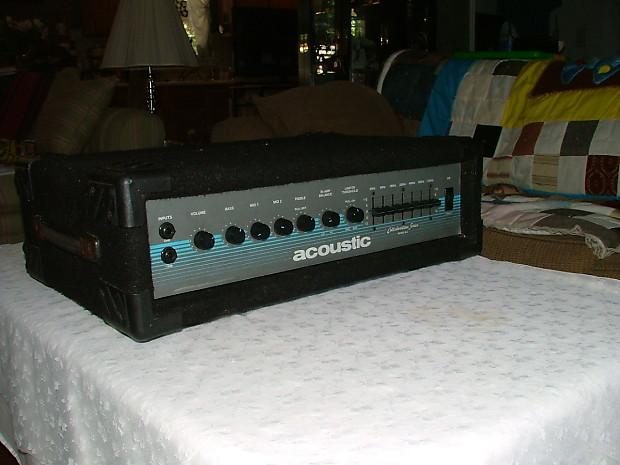
As a luthier, I’ve seen firsthand how the bond between musicians and the musical instruments we craft is a profound dance of acoustics and artistry. What if the right tuning could elevate a performance from ordinary to extraordinary? This question underscores the crux of our work. When I meticulously tune a guitar, adjusting it for precise guitar tuning, I’m aware of the acoustic properties at play. Such precision is not just a technical task; it emotionally and technically enhances a musician’s performance.
Musicians rely on us to ensure that each note resonates with the intended warmth or brightness, affecting how audiences perceive and feel music. I witness the transformative power exact tuning has, imbuing an instrument with a voice uniquely its own. This interplay is integral in shaping the experience of sound, proving that the role of musicians and instrument makers transcends mere craftsmanship—it’s about crafting potential and inspiring excellence.
Scientific Researchers
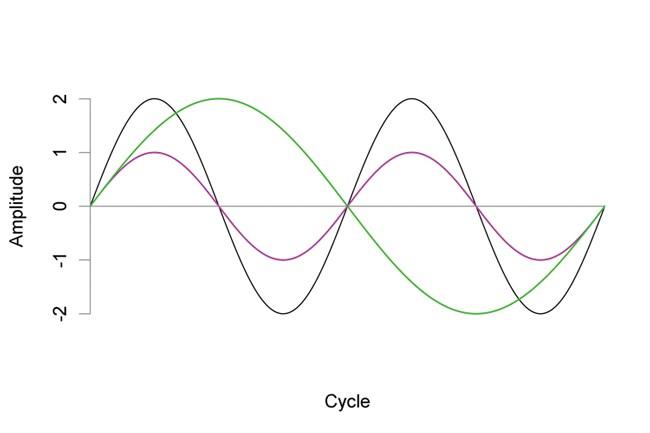
In the intriguing domain of acoustic frequencies, scientific researchers stand at the forefront of discovering groundbreaking applications, particularly through the study of acoustic emission and low-frequency sound. As someone deeply engaged in this field, I am continually fascinated by how analyzing sound characteristics can revolutionize technologies. Could the study of low-frequency sounds lead to breakthroughs in sound technology? This question is pivotal as it opens doors to innovative avenues. My experience highlights how meticulously studying these frequencies can enhance instrument design and contribute significantly to various scientific fields.
Researchers utilize acoustic frequencies to probe both natural and artificial environments, capturing data that leads to novel insights. From environmental studies investigating seismic activity to the development of medical imaging technologies, our work with acoustic emissions captures the essence of transformation. It’s this potential for innovation that makes the role of scientific researchers indispensable. As we delve deeper into applications, I invite you to explore how these frequencies are not just heard but profoundly understood, influencing realms yet unexplored.
Where are Different Frequencies Applied?
In Music
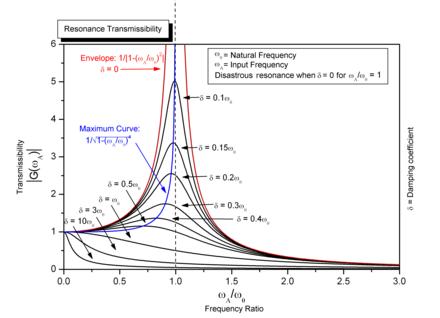
When delving into the application of different frequencies, music offers a fascinating study. What makes a specific frequency essential to a musical genre’s identity?? In my experience as a craftsman of stringed instruments, I have learned that frequencies are fundamental to both the creation and performance of music. By understanding and manipulating frequency tuning, we can tailor the sound of an instrument to suit its musical context perfectly. For example, rock music often favors high frequency sounds, amplifying the crisp and expressive qualities of electric guitars. Meanwhile, low frequencies can create the powerful, resonant effect in orchestral arrangements. Embracing these sonic nuances is crucial for conveying emotion and style.
My journey through experimenting with different frequencies has shown how even slight adjustments can drastically alter the character of an instrument and, consequently, the music it produces. This precision empowers musicians to express their artistry in alignment with the unique atmosphere they aim to create, ultimately making acoustic frequencies indispensable in defining a musical narrative.
In Scientific Studies
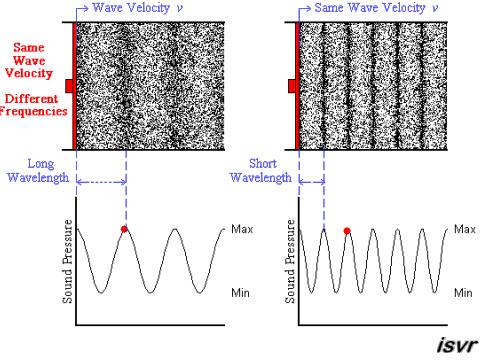
How has the study of acoustic emissions transformed our understanding of sound and perception? From my journey in scientific studies, I’ve witnessed how the exploration of these emissions has unveiled a deeper comprehension of auditory perception. As researchers, we delve into how sound waves interact with various materials, uncovering the subtle messages they carry. Our investigations reveal how different frequencies are crucial in modeling systems, from geophysical explorations to biomedical applications. This understanding highlights an often-ignored component of our world that’s as foundational as it is unseen.
Being part of this vibrant field, I’ve discovered firsthand how acoustic emissions can serve as early warning systems in structural health monitoring. These scientific studies not only enhance safety but also broaden our knowledge of natural processes. By scrutinizing these emissions, my colleagues and I continuously push the boundaries of what is possible, contributing profoundly to the widespread application of frequencies. As our journey in this acoustic inquiry unfolds, we find ourselves at the exciting cusp of numerous groundbreaking revelations, ready to deepen our shared understanding of where and how these frequencies resonate in the tapestry of life.
When is Acoustic Frequency Critical?

In the craft of lutherie, I’ve come to understand that timing is everything. The interaction of sound waves can be subtle, yet it defines the tonal character of an instrument. At what point does the manipulation of sound waves become pivotal to an instrument’s performance? This question nudges at the heart of my work.
When I delicately shape a guitar’s top or adjust the contours of a violin, I am orchestrating a dance of frequencies. It’s not just about creating a beautiful instrument; it’s about crafting an acoustic experience. The moment soundboard vibrations align perfectly with acoustic frequencies is when magic happens—a revelation of rich tones and resonant beauty. This transformation underscores why timing in sound wave manipulation is not just a science but an art.
Through years of honing this craft, I’ve witnessed firsthand how critical acoustic frequencies can be achieved. It’s in those rare, yet deliberate moments that an instrument truly sings, reflecting the soul of its wood and the hands that crafted it.
Why Acoustic Frequencies Matter
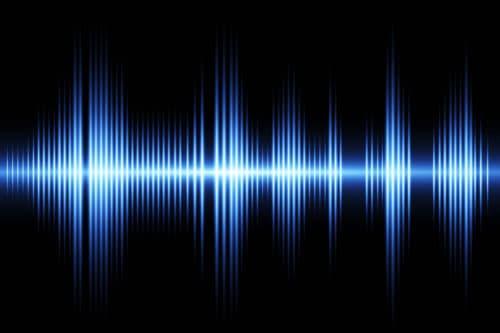
Throughout my career researching acoustic properties, I’ve discovered how profoundly frequencies impact our listening experiences and emotional engagement with sound. Could the nuances of acoustic frequencies be the key to unlocking a deeper connection with music?? From my extensive exploration in this field, I would argue they indeed are. When we delve beyond mere sound and into the realm of acoustic frequencies, we encounter a tapestry of vibrations that shape our auditory perception and evoke deep-rooted emotional responses.
Every frequency resonates differently, with lower frequencies often inducing a grounding effect, while higher tones may invigorate or uplift. My interactions with musicians and instrument makers have continuously highlighted how these sonic attributes are meticulously tailored to craft an unparalleled auditory experience. It’s fascinating to witness how slight adjustments in frequency can transform an entire piece, bringing it to life and swaying emotions by merely altering how sound waves interact with our ears.
Moreover, scientific research has reinforced this understanding, revealing how acoustic frequencies can influence cognitive processes and emotional well-being. It’s in these minute variations that the true power of sound is harnessed, reinforcing the essential role frequencies play not only in music but across multiple contexts where sound is pivotal. As we continue to explore acoustic frequencies, we uncover the profound ways they shape our interaction with the world around us.
FAQs
What are acoustic frequencies?
How do acoustic frequencies impact the human body?
In which contexts are acoustic frequencies explored?
What is the significance of studying acoustic frequencies?
Conclusion
Reflecting on my journey, I recognize the vital role that acoustic frequencies play in shaping our sonic experiences. From musicians and instrument makers to scientific researchers, the exploration of different frequency ranges influences diverse fields. How will the ongoing exploration of acoustic frequencies shape the future of music and sound? This question drives the heart of our inquiry, highlighting the potential of sound waves to transform environments and perceptions. By understanding where and when these frequencies are applied, be it in musical compositions or scientific studies, we can appreciate their critical importance. Ultimately, this investigation underscores why acoustic frequencies matter—they are the unseen architects of our auditory world, pivotal to both artistic expression and scientific discovery. As I look forward, I am eager to witness how further advancements will enhance our interaction with sound, proposing new realms of auditory possibilities.

R.M. Mottola, an engineer-turned-luthier, revolutionizes stringed instrument design with his deep focus on acoustics and ergonomics since 1994. As editor of the Savart Journal and a key contributor to American Lutherie, Mottola merges science with artistry in lutherie. He enriches the field with his extensive knowledge, shared through his Liutaio Mottola website, making him a beacon in the world of modern instrument craftsmanship.
